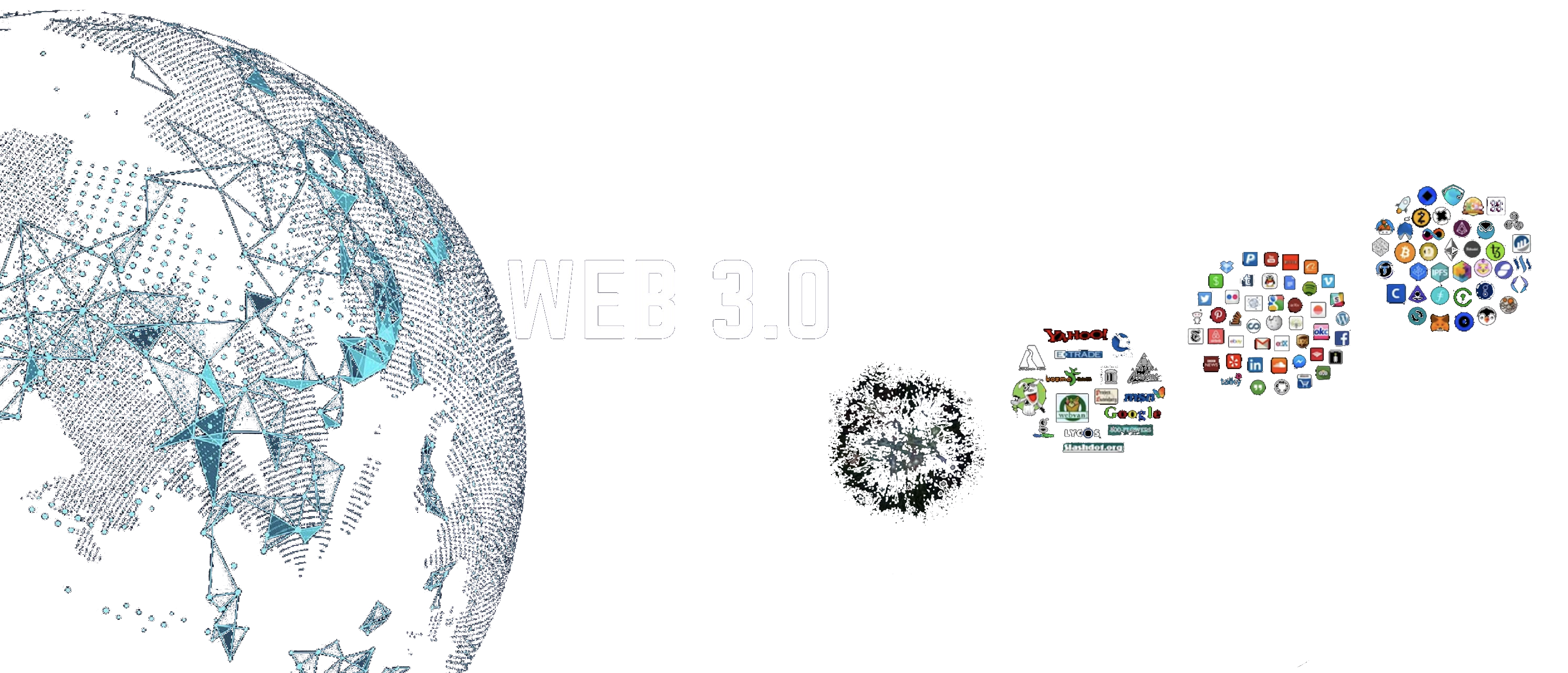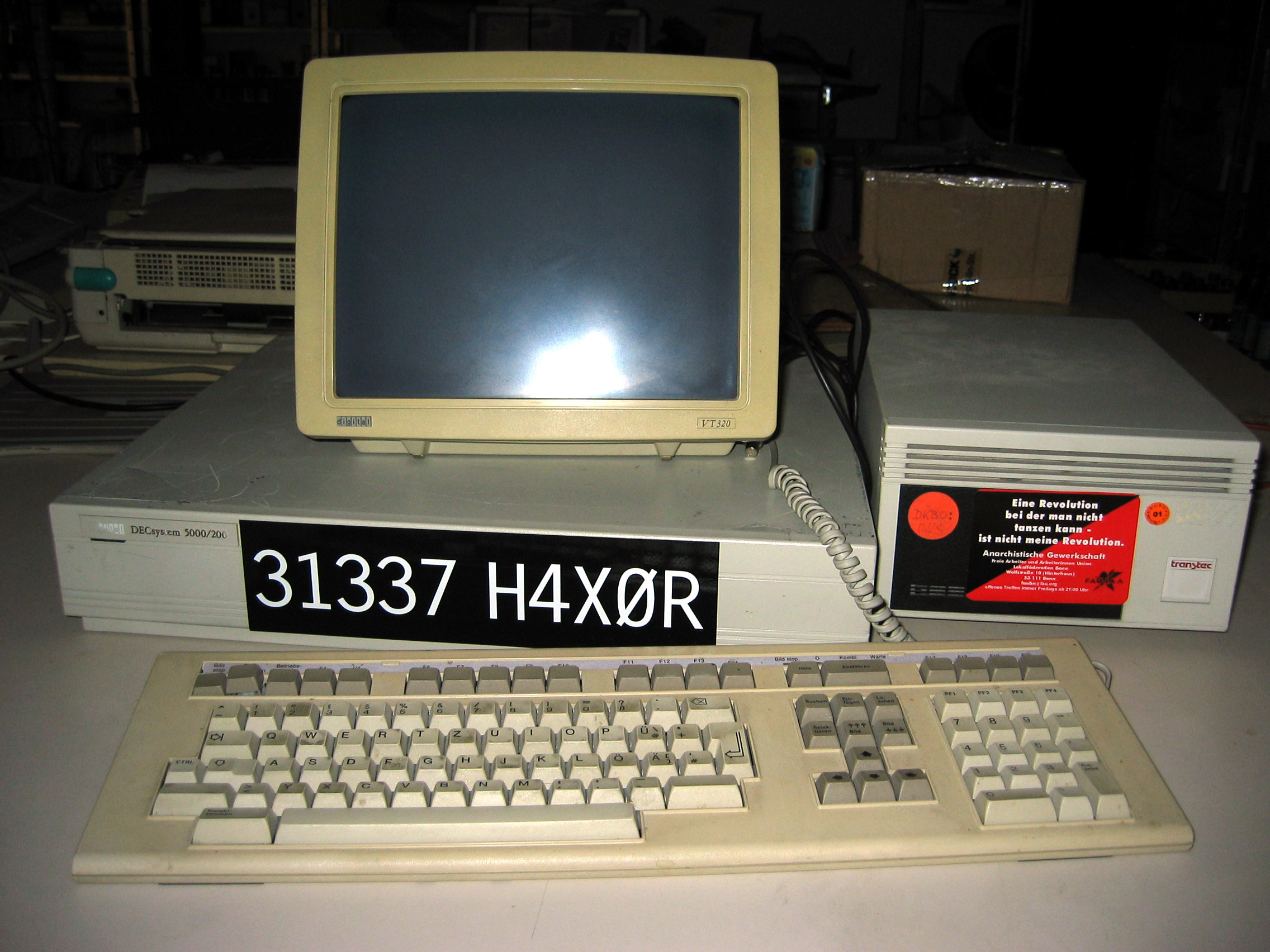Web3 is a new generation internet based on new decentralised technologies such as blockchain and IPFS (InterPlanetary File System).
I am going to explain how web3 is different to the internet we currently use, the technologies behind it and how you can get started viewing and creating content.

In the early days of the internet, websites were static with no user interaction. It can best be thought of as a read-only internet. This was good for privacy as companies were not tracking you but it left a lot to be desired as you could not interact with the site aside from reading the content.


Web2 is what most of us would think about if asked to describe the internet as it is today. Websites are able to display personalised content, you can comment and leave feedback, social networks link people together and ads are personalised to you.
There are two big downsides to the internet as we know it today, centralisation and privacy.
Over 40% of all content online is controlled by 5 companies; GoDaddy, AWS, Google, 1&1 and Squarespace. On top of that the vast majority of domain names are controlled by one entity, ICANN. If any of these decide they do not like the content you are hosting or if a government wants to censor you it can be very easy for your content to be deleted or blocked and your domain seized.
Tracking is another huge issue with the internet today. In October 2021 Surfshark released a report on online tracking and they found some websites that had over 100 individual trackers. These were not small websites, one was USA Today. Below is some of what just Facebook could know about you: name, age, gender, sexual orientation, ethnicity, religion, live location, address, employment status, job title, salary, pets, heigh, weight, interest, hobbies, contacts and biometric data such as your voice and your face.
What do they do with that information? They sell or disclose it to anyone who wants it. Normally that is advertisers but it could also be political parties, governments, law enforcement etc.

Web3 aims to correct all of the issues with the internet as we know it today. Two of the big ways web3 will improve on what we have now are decentralisation and ownership.
As I mentioned above more than 40% of the internet is controlled by 5 companies. Web3 is decentralised meaning no single entity controls it. Technologies such as IPFS are peer-to-peer. Your content is spread out over thousands of machines all over the world all operated by individual people or companies with no single one being able to modify or remove it from the system. This is not only great for resilience but it also makes your content censorship resistant.
I also previously mentioned ICANN who controls the DNS (Domain Name System). DNS turns IP addresses into human readable addresses. It is much easier to remember google.com than it is 172.217.169.46. This is an amazing service however you never truly own your domain name. Even Google does not own google.com, they are renting it. Not only do you never own your domain name but ICANN can also take your domain and give it to someone else such as a government who wants to censor you. Web3 deals with this by moving domains to the blockchain. This means the only way someone can take your domain or point it somewhere else is by knowing your private key and unless you give someone your key they have a 1 in 115 quattuorvigintillion (that’s a number with 75 0’s) chance of brute forcing it and taking it against your will.
To get started in web3 you will need a few things:
- A crypto wallet
- A web3 compatible browser
- An NFT Domain
- A website
- Decentralised hosting
Below I will break down each of these and what they are used for.
In order to prove who you are in web3 you will need to sign transactions with your wallet. This will allow you to interact with dApps (decentralised applications), send and receive crypto, send and receive NFTs, make changes to your NFT Domain and website and much more.
I recommend using MetaMask as it has wide adoption and is compatible with all apps and dApps throughout web3.


Internet browsers are still transitioning over to web3. You can get plugins and extensions to enable web3 functionality on most browsers however I recommend using Brave which is on the forefront of integrating web3 functionality natively into the browser as well as providing unparalleled security and privacy features as standard.
An NFT Domain lives on the blockchain and is completely controlled by the owner’s wallet, not a centralised authority such as ICANN. Once minted (published to the blockchain) it is impossible for anyone other than the wallet owner to amend the domain or take it away.
NFT Domains are a lot more than a web address. They can be used to log into supported dApps, be used as payment addresses for sending and receiving crypto and more.
I recommend Unstoppable Domains whose domains support all of the above functionality and more such as using your domain to send and receive email without exposing your email address. Also Unstoppable Domains are a one time payment, Once purchased you own your domain for life with no renewal fees.


Web3 sites are different to traditional web2 sites. One of the main ways they are different is that they are stored on decentralised networks such as IPFS. IPFS is not a web server, it is a storage system spread out over thousands of machines (nodes) throughout the world.
Because IPFS is not a web server sites need to be static HTML sites that can be rendered in the browser without any server-side processing. This means no PHP, databases, content management systems etc. This sounds like a disadvantage however it means there is not the tracking and data harvesting that happens on web2.
When building your web3 site you will need to keep in mind that it must be able to be rendered entirely in the user’s browser. A good general rule is that if it runs locally on your machine that it will likely be fine for web3.
There are some drag-and-drop web builders that are optimised for web3 sites. I recommend having a look at Pazly. You can use WordPress to build your site (that is what this site is built with) however you will need to use a plugin to export the site to a static HTML site before uploading to IPFS.
Once you have built your website you will need somewhere to store it, this is where IPFS comes in. As mentioned above IPFS is a decentralised storage network with nodes spread out over the world.
IPFS uses content addressing which means each piece of unique content has its own identifier, the IPFS hash or CID (content identifier). Because IPFS uses content addressing, if two people upload an identical image it will have the same CID meaning the network is not having to store hundreds or thousands of copies of the same image for each individual time it is used.
IPFS shards files (breaks them up into smaller pieces) and distributes them across the network. If a site is getting a lot of traffic in one part of the world more nodes in that area will store parts of the site speeding up load times.
To upload your site you can use what is known as a pinning service. Two of the biggest are Pinata and Fleek. Both provide free and paid storage. Once you have uploaded your site to one of these services you will be given the CID which you can then attach to your NFT Domain telling the browser where to go once someone types in the domain name.

Being the sole custodian of your data and assets on web3 means there is a lot of responsibility on you to stay safe and protect your identity and assets. There are, unfortunately, scammers in web3 as there are in every corner of the internet. The problem here is that there is no centralised authority to step in if there is a problem. In web2 if someone gains access to your PayPal account and withdraws money, PayPal can investigate and potentially reimburse you. In web3 if someone gains access to your wallet and transfers your crypto there is no centralised authority to step in. This means you must be vigilant and treat anyone you don’t know with a level of suspicion.
One of the main ways a scammer will target you will be to try and get your seed phrase. This is essentially the password to your wallet and anyone that has your seed phrase has complete control of anything in your wallet. One of the common ways a scammer will try and get your seed phrase is by claiming you need to put your seed phrase into an online form for a variety of reasons. YOU NEVER NEED TO GIVE YOUR SEED PHRASE OUT TO ANYONE. The only time your seed phrase will ever need to be typed into a computer is for verification when you first set up your wallet or if you are moving your wallet to another device or restoring it. If anyone tells you your wallet is corrupted or they need your seed phrase to send you funds this is a scam. Your seed phrase should be stored offline in a safe place. Don’t keep your seed phrase on your computer or take a picture of it on your phone. Write it down on paper and keep it somewhere safe.
You should also not connect your wallet to any website you do not know or trust. Before connecting your wallet to a site make sure you are on the official site, you can check the project’s social accounts to see the correct URL and make sure you are on that page. Connecting your wallet to a malicious site can lead to your funds being drained from your wallet.
I have covered the basics of web3 here however there is a lot I have not covered such as DeFi (decentralised finance), digital identity, gaming, DAOs (decentralised autonomous organisations) etc.
Once you feel comfortable with the basics of web3 I recommend jumping into some podcasts and videos about web3 and finding an area that interests you. Most large projects have Discord servers where you can chat and interact with other like-minded people and learn together.
We are at the beginning of the web3 revolution. Things will only grow from here. Welcome to the future.